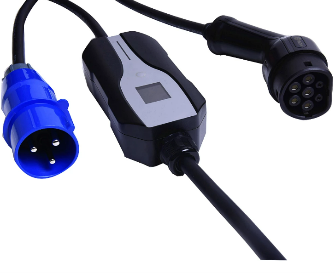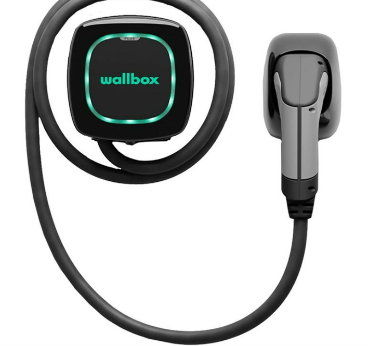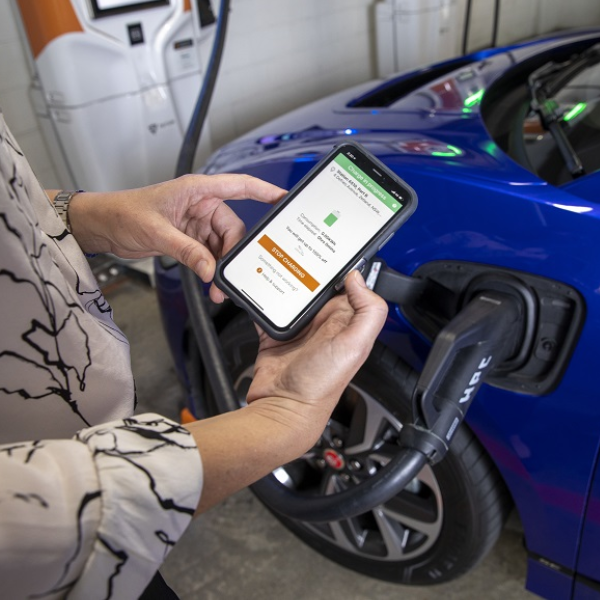Low emission vehicle (BEV, EV, PHEV) uptake in Aotearoa over the last 3 years has been incredible, exceeding the governments expectations – there were 72,000 low emission light vehicles purchased in 2022 so far (as of October) in a national fleet of 3.3m light vehicles (Te Manatu Waka, 2022). How we charge these EVs is an increasingly important topic. There are three locations for EV charging: at home, on a journey or at a destination. This blog focuses on at home charging, where EECA’s research indicates that 82% of EV charging happens (EECA, 2022).
As the market for EVs grows, so too does the EV charger market. Members sense is that there is now robust knowledge for home charger installation best practice. For those members who adopted EVs early, the installation of at home chargers for employees with an EV company car presented challenges. Several members shared the following learnings to support other organisations in their home charger installation journey.
Genesis Energy provide a useful overview of the two key charger types for at home charging:
| Charger | Power | Use | Time to Charge | Cost | Installation Requirements | |
 | 3 pin plug | AC: 1.75kW | Hybrid or EV with small battery (i.e. low range) Fully charged overnight. | AC charge 12-14 hours | Unit Cost: Costs vary approximately $800. No installation costs | None- able to be plugged into a normal XX socket as long as the XYZ. |
 | Wall box | AC: 7-22kW | Fast charging with smart charger capability. | Fast AC charge approx. 4 hours | Unit Cost: $2000 Installation Cost varies from $2000 | Must be installed by an electrician. Cost will vary depending on the location of installation. For some organisations employees homes had to be rewired to ensure safe electrical supply whilst others had to undergo civic works to deliver electrical cables to outside location. |
What’s the difference between charging and smart charging?
Smart charging is where your EV charger has built-in communication capability which allows you to increase or decrease your charging level and is often tied to the availability of lower cost, off peak electricity (Genesis). The smart chargers also enable organisations to track charger use and integrate this data with payment systems to pay employees for electricity used in their home to charge the company EV.
Standard ‘non-smart’ chargers are ones that plug in without capacity to alter charging levels or measure charging amounts.
Top tips for charger installation:
- Informing the Business Case: Research by Vector has shown that the use of smart chargers has two benefits. The first is cost reduction, as it enables electricity to be used outside of peak periods and therefore at a lower cost. The second benefit is that it will bring down peak electricity demand by 2/3, with evidence showing that customer satisfaction is not adversely affected by dynamic management of electricity.
- Choosing the charger type: Charge Point provide some useful information on what charger to buy to suit the amperage levels of your car and the employee’s home available electrical capacity.
- Utilise technical experts: Wall box EV chargers must be installed by licensed electricians. Below is a high-level overview of the installation process with 4 key steps to support organisations as they prepare and plan for EV charger installation in employee homes.
Members utilised a variety of methods for installation, from a full turnkey solution through expert providers to internal scoping and external installation. Electricians are required to install at home chargers. Members who have utilised full turnkey solutions providers found this process easy and cost effective. A full turnkey solution provider would facilitate the smooth running of the end to end process outlined below.
4 suggested steps for charger installation
1. Scoping
Once an organisation determines which employees is eligible for an EV, it is important to gather information to understand where a charger may be installed and if an employee’s home is suitable.
To ensure a smooth process for quoting and installation of chargers, it is important to gather information from your employee(s) upfront. A survey can be a useful tool. Questions could include:
- Who is the owner of the house?
- Where on the property will the charger be located (pictures to be provided)
- What is the electrical set up of the house?
- What is the closest electrical source to the preferred charger site?
Top Tip: The cost and ease of installation varies significantly based on the electricity supply and installation site. As organisations begin this journey of charger installation, the recommendation is to rank employees based on ease of installation. Employees who own their own home and have a garage with a good electricity supply where the charger can be installed should be top of the list.
2. Obtaining a Quote
Charger installers will require the information you have gathered from employees to provide you with a quote for installation. Though the cost of the hardware is static, the installation costs can vary significantly based on the location of installation and electricity supply.
3. Installing the Charger
Once the quote has been approved by your organisation’s delegated authority, installation can take place and must be completed by a certified and competent electrician.
Smart chargers enable your organisation to access electricity usage from the charger to compensate employees. Our SBC members connected with their employees to understand the price per kilowatt hour of their electricity and received monthly reports for each charger’s use to compensate employees. Members have found the insights from the chargers useful in understanding vehicle usage and the variability amongst drivers.
Top Tip: For employees in rental situations, ensure you obtain an electrical certificate from installation to provide to the homeowner to support with their insurances.
4. Deinstalling a charger:
Hardware differs in ease of deinstallation when employees leave or shift homes. It is important to keep this in mind when you are selecting hardware. Some organisations leave the chargers installed even after the employee leaves or moves home viewing it as a contribution to the national charging infrastructure.
Worksafe Guidelines
Worksafe have developed guidelines for safe EV charging. A total of three documents (as of October 2022) have been developed to build on each other and should therefore be referenced together. The Worksafe document’s purpose is to address the essential safety requirements consistent with NZ electricity supply systems and infrastructure for suppliers, installers and users of Electric Vehicle Supply Equipment (EVSE).
The three documents are:
- Electric vehicle charging safety guidelines
- Addendum to EV charging safety guidelines
- Addendum 2 to EV charging safety guidelines.
Drive Electric have developed an EV Charging Domestic Installation Guide from the Worksafe guidelines and NZ standards, which includes installation checklists on page 12.
Useful Links
- Meridian Safe Charging Guidelines https://meridian-production-media.s3.ap-southeast-2.amazonaws.com/public/Uploads/Meridian-Safe-Charging-Guidelines.pdf
- Genless Charging an EV webpage has some great tips on journey charging https://genless.govt.nz/for-everyone/on-the-move/consider-electric-vehicles/charging-an-ev/#home-charging

